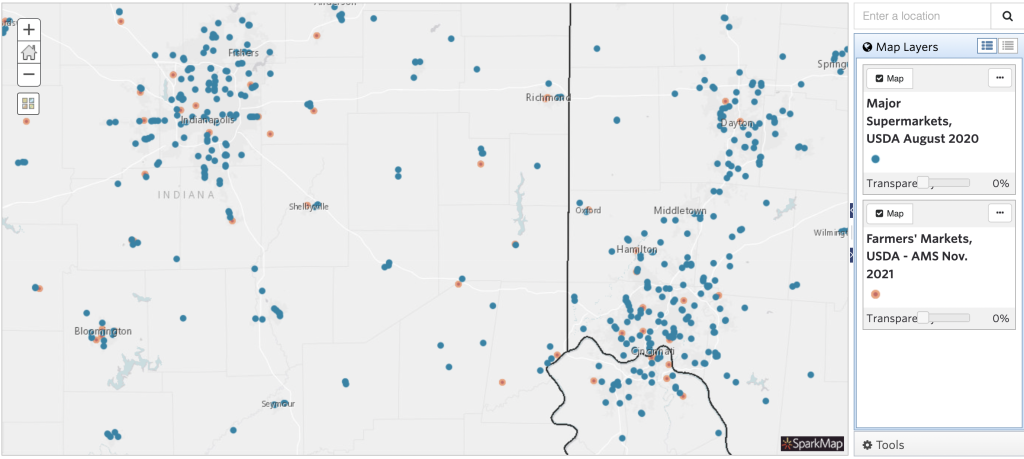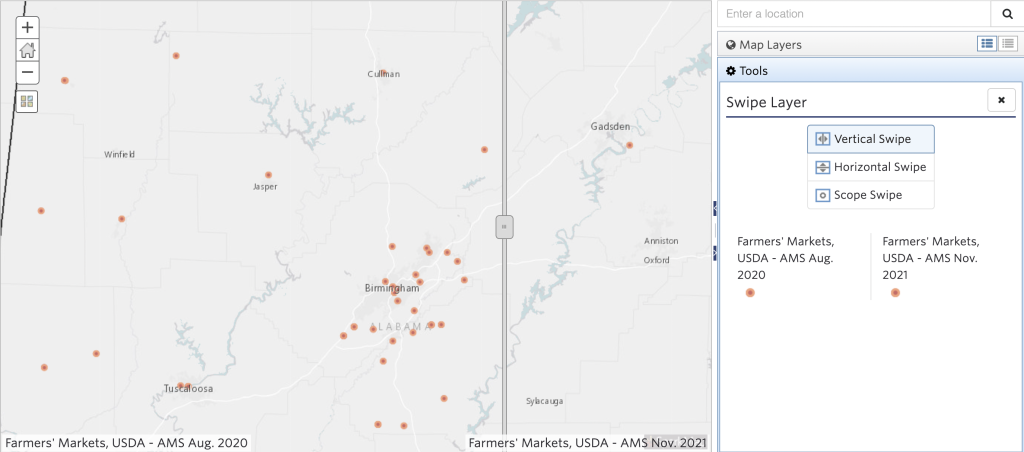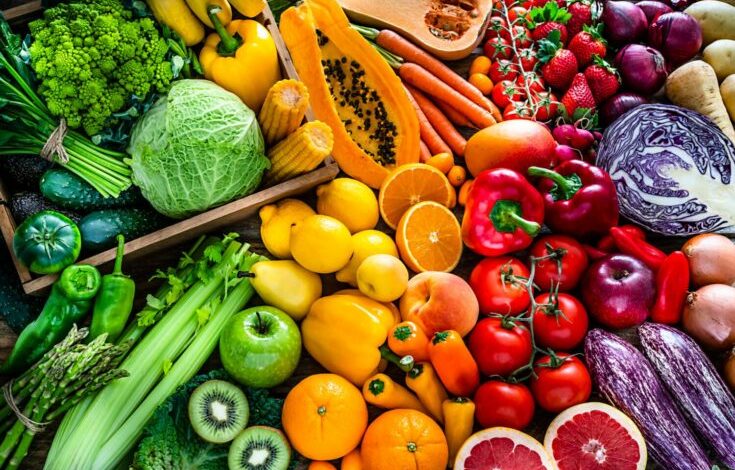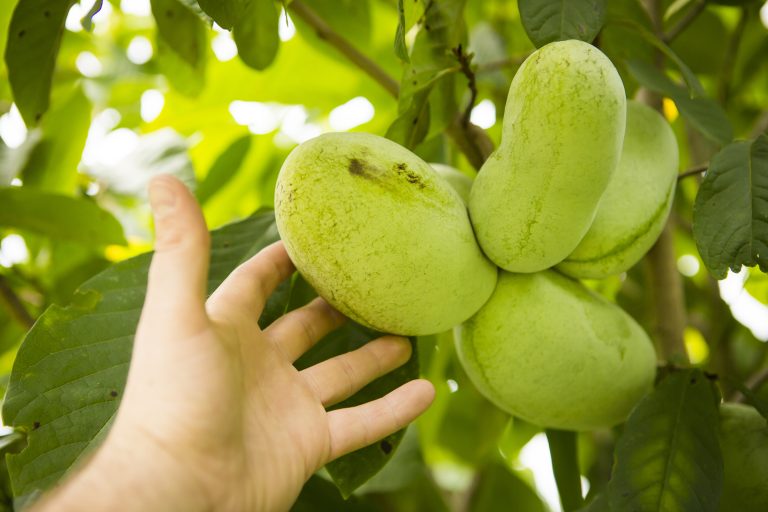Where’s the Food? Part 1: Finding and Using Data on Food Retailer Locations
What am I going to eat? It’s a question we ask ourselves daily. Yet, our answers vary depending on our individual and community food resources. Many also ask questions about food in a professional capacity. Whether you work in healthcare, community planning, or poverty fighting programs, if your team focuses on community betterment, you have likely considered the question: what food resources are available in my area?
SparkMap’s data team is acutely aware of the important role timely and accurate information on food can play in directly impacting community members’ well-being. It is because of this that we work to provide robust data on local food providers and accessibility. This blog is part one of our Food Series, which will discuss SparkMap data on food retailers, food deserts, and food accessibility. Today, we will focus on finding and using data on specific food retailer locations.
Finding Specific Food Retailer Location Data
To find specific food retailer locations in your community, check out the following Map Room layers pulling from USDA data:
View supermarket locations — Our supermarket location data is released by the USDA’s Food and Nutrition Service (FNS), an agency working to end hunger and obesity through the administration of federal nutrition assistance programs, including SNAP. This map layer is not an exhaustive list, but a subset of SNAP-authorized retailers, sortable by store name.
View farmer’s market locations — Our farmer’s market location data is released by the USDA’s Agricultural Marketing Service (AMS), which facilitates the efficient, fair marketing of U.S. agricultural products. This map layer pulls from the AMS Local Food directories, which records many farmer’s markets and on-farm markets.

Exploring the Food Retailer Location Data
Remember that SparkMap’s Map Room is always interactive. Click any point on your map to see the name and address of the represented supermarket or farmers market. Looking to extract a list of food retailers in your area? Use the data selection tool to download a .csv file listing each retailer’s name and address.
How Up-to-Date are the Food Retailer Data?
Our map layers represent the most up-to-date data released by the USDA. It is important to note, though, that as of this blog’s writing in October 2022, the USDA’s most up-to-date supermarket location data is from 2020, and its farmers market data is from 2021.
How Can I Use These Data?
How can data on food retailers from 1-2 years ago prove useful now? We recommend these map layers as a powerful means of gauging the approximate number and locations of food retailers in your area. You might also use these layers to examine changes in supermarket and farmer’s market numbers and locations over time, as we’ve done below in Figure 2. You can then supplement these data with your local knowledge.

We also recommend viewing these data alongside map layers pertaining to accessibility — such as our Food Desert layer from the USDA, or our layers on Food Insecure Population data from Feeding America — in order to better assess your community’s food-related needs. Interested in learning more about food accessibility data? Stay tuned for the next installments of our Food blog series!







